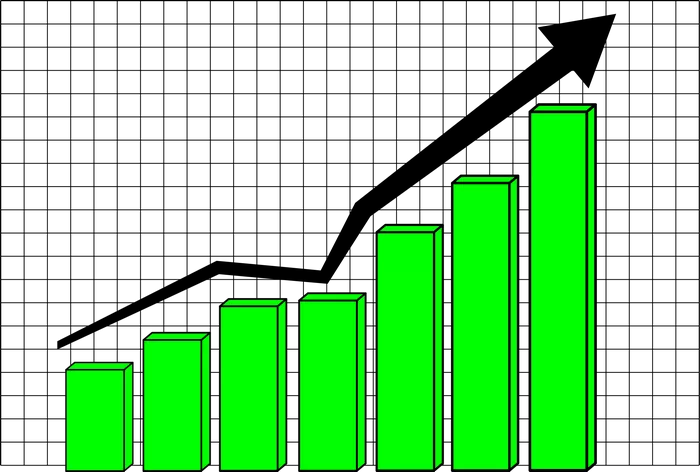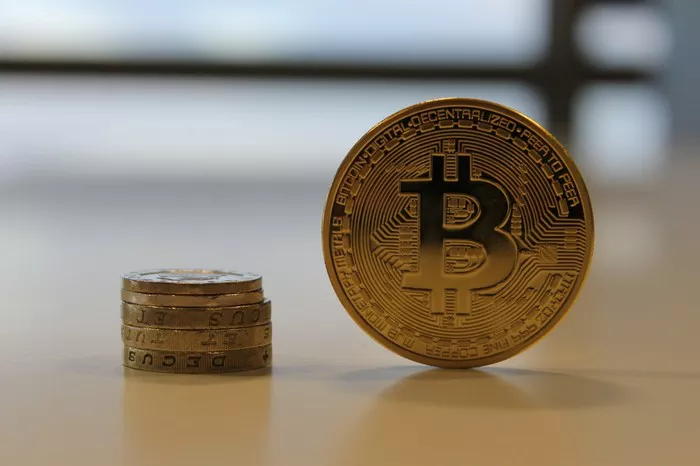Understanding the exchange rate between the United States Dollar (USD) and the Colombian Peso (COP) is crucial for anyone traveling to or engaging in financial transactions with Colombia. This article aims to provide a comprehensive and detailed analysis of the current exchange rate, historical trends, factors influencing it, and its implications for travelers and businesses.
What Is Columbia
Columbia, a country located in the northwestern region of South America, has a rich cultural heritage and diverse landscapes ranging from the Amazon rainforest to the Caribbean coast. Its economy is heavily reliant on exports such as oil, coal, coffee, and emeralds. For those visiting or doing business in Colombia, knowing how much one USD is worth in Colombian Pesos (COP) is essential.
The exchange rate between USD and COP fluctuates due to various economic, political, and social factors. To provide a clear picture, this article will explore the current exchange rate, its historical context, and the factors that influence its movement.
Current Exchange Rate
As of December 2024, the exchange rate between the USD and COP is approximately 1 USD = 4,374.63 COP. This rate can vary significantly over time due to various factors such as market supply and demand, inflation rates, interest rates, and global economic conditions.
The exchange rate is dynamic and is constantly updated based on market activity. To stay informed, travelers and businesses can refer to real-time exchange rate platforms, financial news outlets, or bank services that provide up-to-date information.
Historical Trends
Understanding the historical trends of the USD to COP exchange rate can provide valuable insights into its behavior. Over the past few years, the exchange rate has shown significant volatility.
In July 2023, the exchange rate was around 1 USD = 3,903.6 COP. This represents a substantial appreciation of the Colombian Peso against the US Dollar since then. The appreciation of the Peso can be attributed to several factors, including high domestic interest rates, expectations of the end of the US Federal Reserve’s interest rate hiking cycle, and investor appetite for carry trades.
Carry trades involve borrowing in a low-interest currency (like the USD) and investing in a high-interest currency (like the COP), profiting from the interest rate differential. These factors have contributed to the strength of the Colombian Peso, making it one of the strongest-performing currencies globally.
However, it’s important to note that exchange rates can be highly unpredictable. They can be affected by geopolitical events, natural disasters, economic policies, and market sentiment. For instance, if there is uncertainty surrounding Colombia’s political stability or economic growth, the Peso may weaken against the USD.
Factors Influencing the Exchange Rate
Several factors contribute to the fluctuations in the USD to COP exchange rate. Here are some key considerations:
1. Interest Rates
Higher interest rates in Colombia make the Peso more attractive to foreign investors seeking higher yields. This can lead to an appreciation of the Peso against the USD.
Conversely, if US interest rates rise, the USD becomes more attractive to investors, potentially weakening the Peso.
2. Inflation Rates
High inflation in Colombia can erode the purchasing power of the Peso, leading to its depreciation against the USD.
Conversely, if inflation is well-managed, the Peso may appreciate.
3. Global Economic Conditions
The strength of the global economy can influence the demand for emerging market currencies like the Peso.
Strong global growth can boost demand for commodities exported by Colombia, such as oil and coffee, supporting the Peso.
Economic downturns or trade tensions can reduce demand for these commodities, weakening the Peso.
4. Geopolitical Risks
Political stability is crucial for currency strength. Uncertainty surrounding elections, policy changes, or social unrest can lead to volatility in the exchange rate.
Improved relations with international partners and a stable political environment can strengthen the Peso.
5. US Monetary Policy
Decisions made by the Federal Reserve, such as interest rate hikes or cuts, can significantly impact the USD’s value.
Expectations of future monetary policy actions can also influence the exchange rate.
6. Trade Balance
Colombia’s trade balance (the difference between exports and imports) can affect the Peso’s value. A trade surplus (more exports than imports) can strengthen the Peso, while a trade deficit can weaken it.
7. Investor Sentiment
Market sentiment towards emerging markets, including Colombia, can influence the Peso’s value. Positive economic data, foreign direct investment, and improved investor confidence can lead to an appreciation of the Peso.
Implications for Travelers
For travelers visiting Colombia, understanding the exchange rate is critical for budgeting and planning. Here are some practical implications:
1. Budgeting
Knowing the exchange rate helps travelers estimate the cost of goods and services in Colombian Pesos. For example, if 1 USD = 4,374.63 COP, travelers can calculate how much money they need for daily expenses like food, accommodation, and transportation.
2. Currency Conversion
Travelers can use currency conversion services at airports, banks, or online platforms to exchange USD for COP. It’s important to compare exchange rates and fees to get the best deal.
3. Using Credit and Debit Cards
Many travelers prefer using credit and debit cards to avoid carrying large amounts of cash. It’s important to check with your bank about any fees for foreign transactions and the exchange rate they use.
4. Local Currency
Having some local currency (COP) on hand can be useful for small purchases and tips. Some businesses may not accept foreign currency, so it’s always a good idea to have some Pesos on hand.
5. Exchange Rate Fluctuations
Travelers should be aware that exchange rates can fluctuate significantly. Planning for some flexibility in your budget can help mitigate the impact of these changes.
Implications for Businesses
For businesses operating in or with Colombia, understanding the exchange rate is equally important. Here are some considerations:
1. Cost Management
Businesses importing goods from Colombia need to consider the exchange rate when budgeting for costs. Fluctuations can impact the cost of raw materials, finished goods, and shipping.
2. Revenue Streams
Businesses exporting to Colombia should monitor the exchange rate to understand how it affects pricing and profitability. Appreciation of the Peso can make Colombian exports more competitive in the international market.
3. Hedging Strategies
Businesses can use hedging strategies, such as forward contracts or options, to mitigate the risk of exchange rate fluctuations. These strategies can help lock in exchange rates, protecting against unexpected movements.
4. Competitive Analysis
Understanding the exchange rate can help businesses assess the competitiveness of their products and services in the Colombian market. It can also provide insights into pricing strategies and market positioning.
5. Investment Decisions
For businesses considering investing in Colombia, the exchange rate is a key consideration. It can impact the cost of investment, returns on investment, and overall financial performance.
Conclusion
In conclusion, the exchange rate between the USD and COP is a complex and dynamic indicator of economic relationships between the United States and Colombia. Understanding its current value, historical trends, and influencing factors is crucial for travelers, businesses, and investors.
For travelers, knowing the exchange rate helps with budgeting, currency conversion, and planning. For businesses, it’s essential for cost management, revenue streams, hedging strategies, competitive analysis, and investment decisions.
To stay informed, it’s important to monitor real-time exchange rate platforms, financial news outlets, and economic reports. This will help you make informed decisions and mitigate the risks associated with currency fluctuations.
Related topics:
































